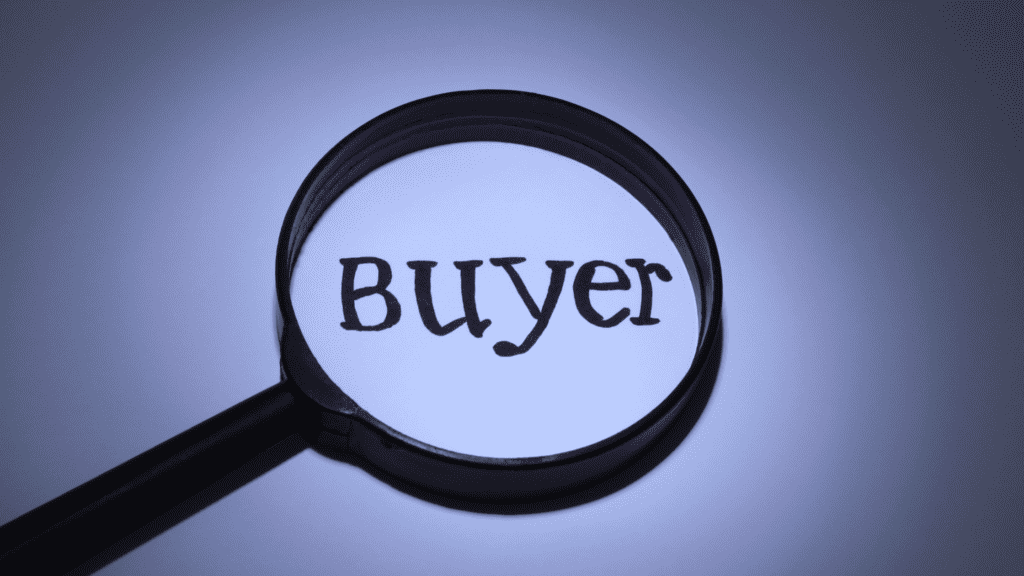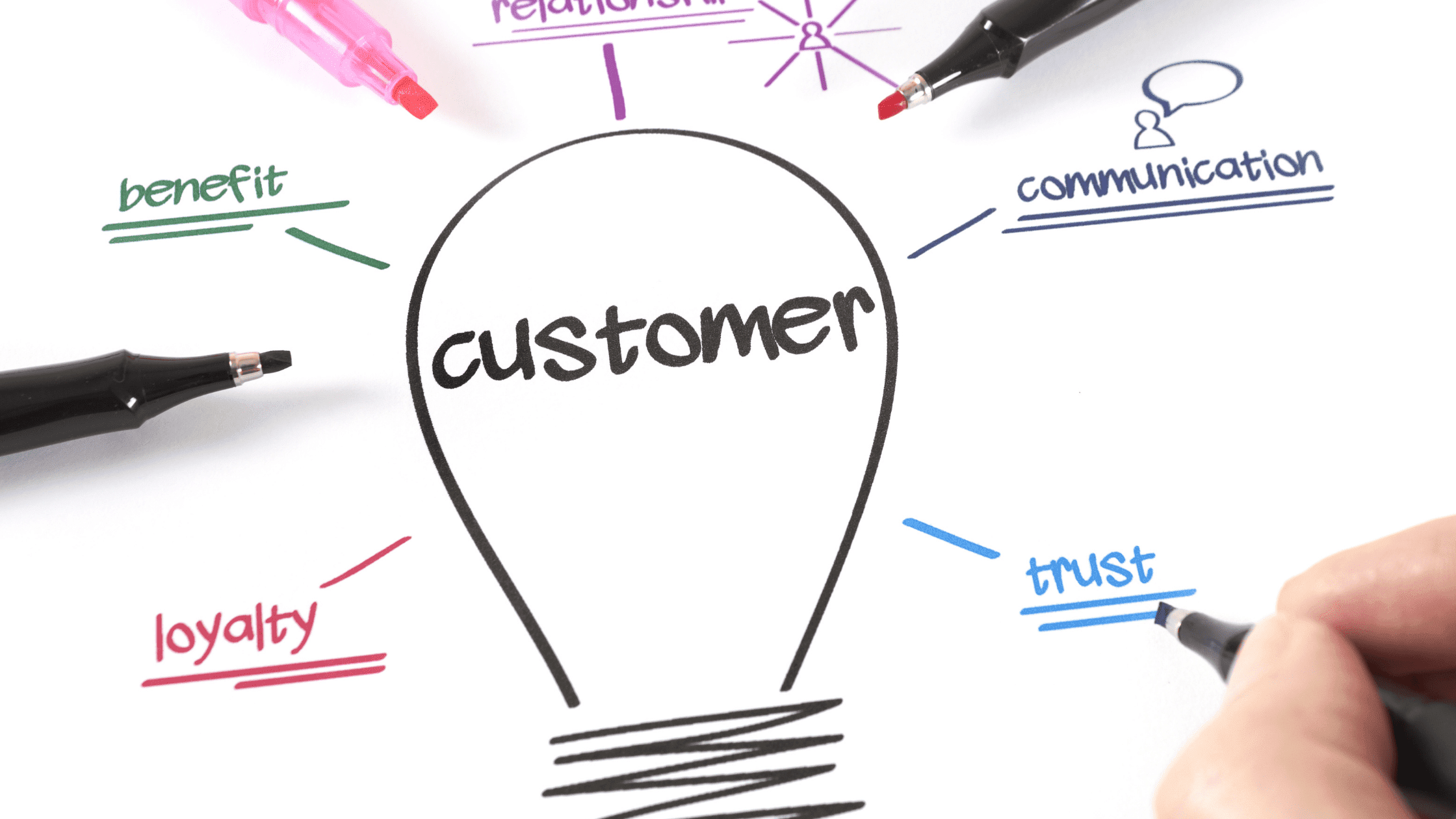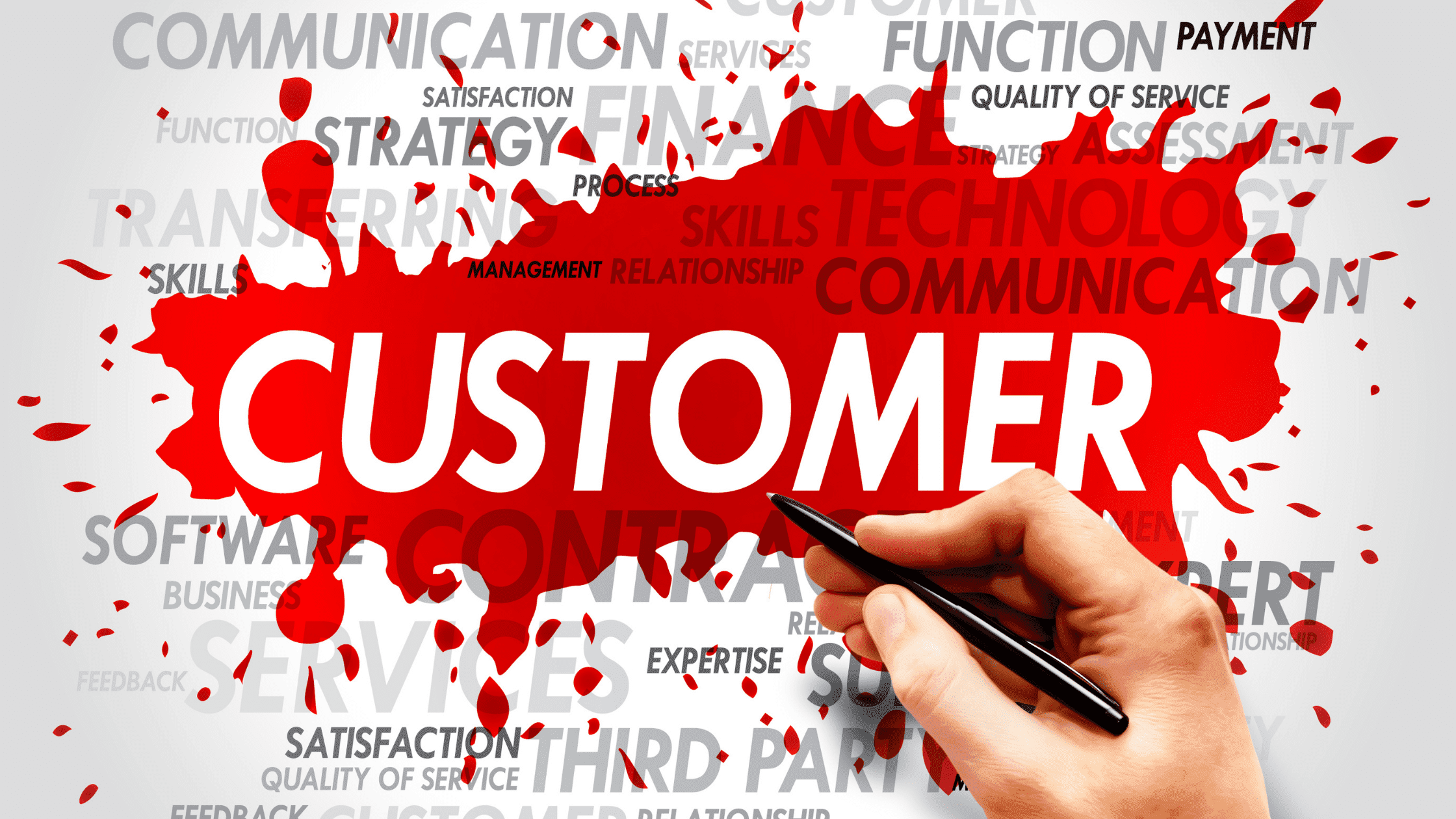I’ll go through a number of ways on how to create Ideal Customer Profile (ICP).
Account-Based Marketing is a successful strategy that is based on directing your marketing and sales processes to a number of key customers or selected prospects.
But how do you find out which customers to market to? This is where the Ideal Customer Profile (ICP) comes in handy.
What Is Ideal Customer Profile (ICP)?
An Ideal Customer Profile is a description or categorization of a customer who would benefit from paying a substantial amount of money for your services or products. Unlike a buyer persona, the Ideal Customer Profile is a description of the company – not an individual.
Your products or services must add value to your ideal customer. Examples include increased sales, reduced costs, or reduced risks. So, they will need your services to solve a particular problem.
Your business can be an ideal customer and can create value for you in a number of different ways. The most obvious one of course is that it pays you for what you offer.
But it can also provide you with good client references, knowledge of a particular industry, etc. that is strategically important for your continued marketing efforts.
Buyer Persona vs Ideal Customer Profile

An ICP is not the same as a buyer persona. There may be good reasons to create personas, but not until you have created the Ideal Customer Profile.
Creating a buyer persona can help you plan the type of content you should create to attract and engage the audience. But without knowing what type of company a person works for, it often becomes a guessing game.
Therefore, you should first look at how to identify Ideal Customer Profile and then create buyer personas for the roles within the company and the specific industry.
Why Do You Need Customer Profiling?
By knowing what your consumer profile is, you can better plan your sales and marketing efforts. The more detailed your profiles are, the greater the chance you have of reaching and creating relationships with the prospects. This will likely result in new deals.
Basically, there are four major benefits of creating an ICP:
1. Focus On The Best Leads
The more specific your consumer profiling is, the more goal-oriented your sales and marketing team will be.
This means that you will be able to:
- identify them more easily
- attract them to your company
- engage key people with the customer
- reach decision-makers that are ready to buy
2. Reach Your Sales Goals
By focusing on customers who you know can both afford and benefit from buying your services and products, you will not waste time and money trying to get business elsewhere.
The more you work with your customer profiling process, the better you will be at reaching out, creating relationships, and closing deals.
3. Increase The Value Of Each Customer (Customer Lifetime Value)
Many companies already have existing framework agreements but offer more services and products than the customers are aware of.
By directing sales and marketing resources to your ideal customers, you can extend the relationship with your customers and increase the sales per customer.
4. Get Valuable References
Nothing is better than receiving positive reviews from customers who have experienced similar problems before. Working towards a specific ICP increases the relevance and value of your references.
How To Create Ideal Customer Profile

The easiest way to develop a customer profile description is by getting your sales, marketing, and service team together. This way you can discuss and figure out how to make a customer successful with the help of your company’s products or services.
Start with the customers who love your products or services and who get the most out of your business. Try to base this on finding the common factors such as:
- Industry
- Location
- Number of employees
- Revenue
- Budget
From this, you can now try to expand the list of companies that are:
- Similar to your existing customers
- Customers of your competitors
- Competitors to your existing customers
- Using a particular system
- In a certain phase, e.g., the growth phase or an industry that is transforming
Now that you have a list of companies, it will help you prioritize your target audience.
How Do You Prioritize Different Target Accounts?
You probably will not be able to reach all the companies on your list with the same messaging or campaign. Instead, you would need to divide them into levels. In Account-Based Marketing, this is called Tiers.
Using Tiers helps you segment your ideal customers so that you can more easily target your sales and marketing efforts to the most beneficial customers. You can let the others “follow the purchase” or be reached by alternate marketing methods.
Most B2B Companies Work With 3-4 Different Levels:
Tier 1 – Strategic Accounts (High Priority)
A small number of target accounts, usually 5-50 of them, where you put in the most amount of effort.
Focus on new and existing key accounts. Here you can get a better understanding of the decision-makers in the organization and who may influence the buying decision in other ways.
Efforts are made on a one-to-one basis, which means that everything is created based on the specific needs of the company.
The account is a perfect fit for your business, you have the intention to close the deal and your entire company is involved and committed to succeeding in it.
These accounts are usually chosen based on the number of employees, turnover, industry, or geography. They are usually larger companies where the business potential is huge.
Tier 2 – Segment/ Named Accounts (Medium Priority)
Usually 5-15 target accounts. They may be associated with a particular industry, solution, or persona, with some level of personalization.
Build personas to better understand customers’ challenges. Use social media, telephone, e-mail, etc. to connect with customers.
Create goal-oriented advertising campaigns with targeted messages to address the challenges faced by the target accounts. These accounts are usually selected based on the needs or challenges, budget, and intention to buy.
Tier 3 – Solution Accounts (Low Priority)
These accounts are higher in number and have limited personalization. They are processed through inbound marketing and marketing automation. They are a list of target accounts that qualify based on data selection.
The accounts are often achieved with the help of programmatic advertising and content that appeals to a group of people/ personas.
Customers from this group are desirable. But resources are not invested in trying to get them on board until they qualify themselves and show interest. This type of account usually involves targeting a specific role or department in a company.
The higher the sales potential and the possibility of converting to a customer, the more you can focus on this type of account.
You can use Customer Lifetime Value (CLV) as a KPI to measure how much a customer buys during the entire business relationship. In other words, companies that have a low CLV and a low chance of closing a deal are not a good match and are therefore not on the list of companies within ABM.
Here is what we have covered so far:
- Prioritizing your list based on the different tiers
- Creating your ideal customer criteria
- Identifying which target accounts to focus your sales and marketing efforts
Now it’s time to dive deeper and look at what roles and buyer personas you should try to reach and create your customer experience around.




